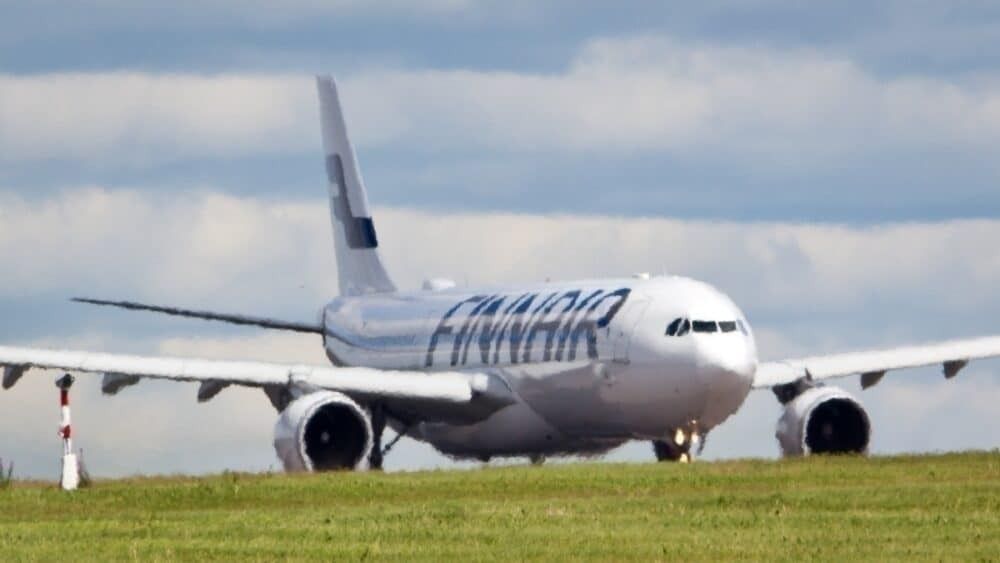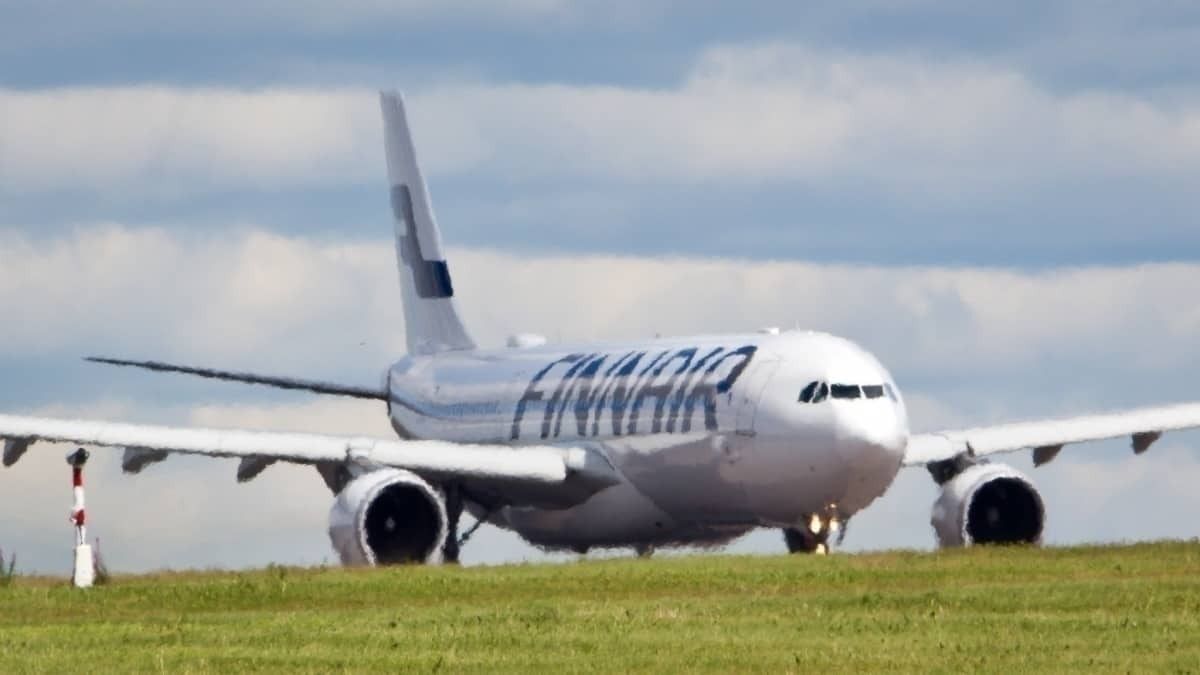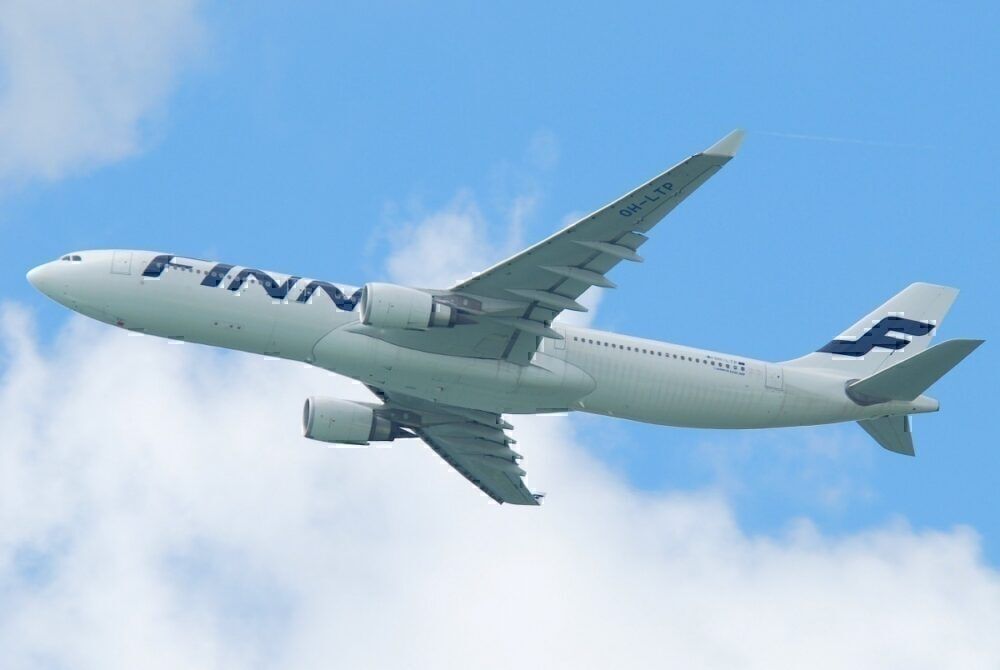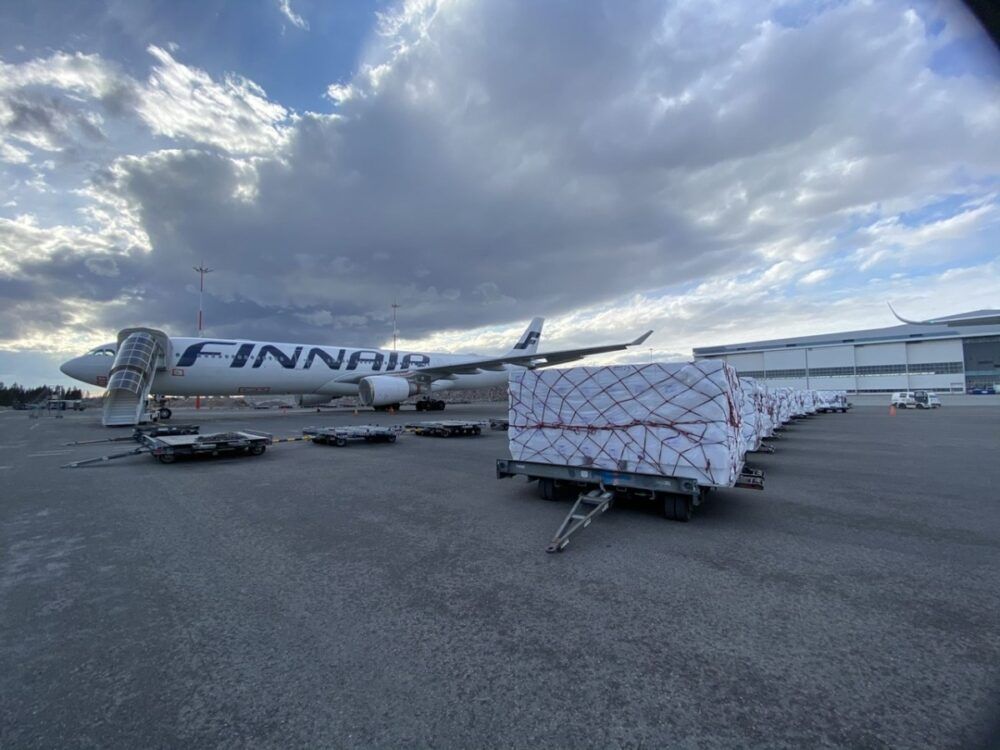Finnair has been maintaining its cargo operations to and from Asia with its A350 aircraft this past week, with more than 10 flights taking place. Now, it seems the airline is keen to upscale its cargo offerings, as the CEO Topi Manner noted on Twitter this weekend.
Analyzing the A330s
It's been very encouraging to see Finnair maintaining essential operations during these tough times. The public is heavily relying on deliveries more than ever, and the carrier is doing its best to ensure that critical services continue. The airline's A350s have been flocking east together, in a sight that is hard to come by amid all the groundings.
Within the above tweet from Finnair CEO Topi Manner, there's an interesting titbit regarding the future plans of the carrier. He says,
“And to the #avgeek’s: Yes, we are analysing cargo-modifications to A330’s.â€
It would appear Finnair is preparing to modify a couple of its A330 widebodies for cargo transport, in addition to the A350s it is currently using. Planespotters tells us all eight of the airline's A330-300s are parked up, but could some be on their way out of mothballs?
But why would Finnair be considering the A330 modifications over reinstating more of its A350XWB fleet? And how would these modifications look?
When smaller is better
The A330-300, on paper, is an inferior competitor to the modern A350-900 when it comes to cargo. The body is smaller, which instantly means less capacity for cargo, and its maximum takeoff weight is almost 50,000 kgs lighter than the XWB. It doesn't fly as far, or even as fast, cruising at M0.02 slower.
However, when you're talking about transporting PPE, the A330-300 doesn't need to excel in any of these areas. Masks, gloves, testing kits and other equipment weighs far less than other types of cargo, so the MTOW and range distance are less of an issue. While it would undoubtedly carry less volume overall, the delay in manufacturing on the Asian side might mean the XWBs aren't actually getting filled. Smaller could be just as good.
Most importantly, and almost certainly the primary motivator behind Finnair's analysis of the type, the A330-300s are less desperately needed for a successful return to operations. The A350-900s, on the other hand, operate Finnair's most lucrative routes.
Considering the newness of the A350 fleet, it makes far greater sense to rip out interiors of older, less critical aircraft, if that is indeed what Finnair plans to do. Manner wasn't explicit on this, saying only:
Keeping things moving
According to a press release, the widebodies have been flying to Tokyo Narita, Seoul, Osaka, Shanghai, and Guangzhou. Emergency supplies for Finland and its neighbor, Estonia, are being held within the aircraft. Additionally, usual shipments such as fresh fish continue to be shifted due to these operations.
These services are also enabling Finnair to tackle the COVID-19 pandemic head-on. The carrier has aligned with  private healthcare provider  Mehiläinen in the fight against the virus.
10 other major Finnish companies have also teamed with the groups to send coronavirus samples from Helsinki to Incheon in South Korea for testing. The first of these flights left Finland's capital on April 1st.
If the A330s are indeed converted for use as cargo movers, we'll likely see them bolstering the Air Bridge between Finland and Asia in weeks to come.
What are your thoughts on Finnair's plans for its A330s? Let us know what you think in the comment section.



